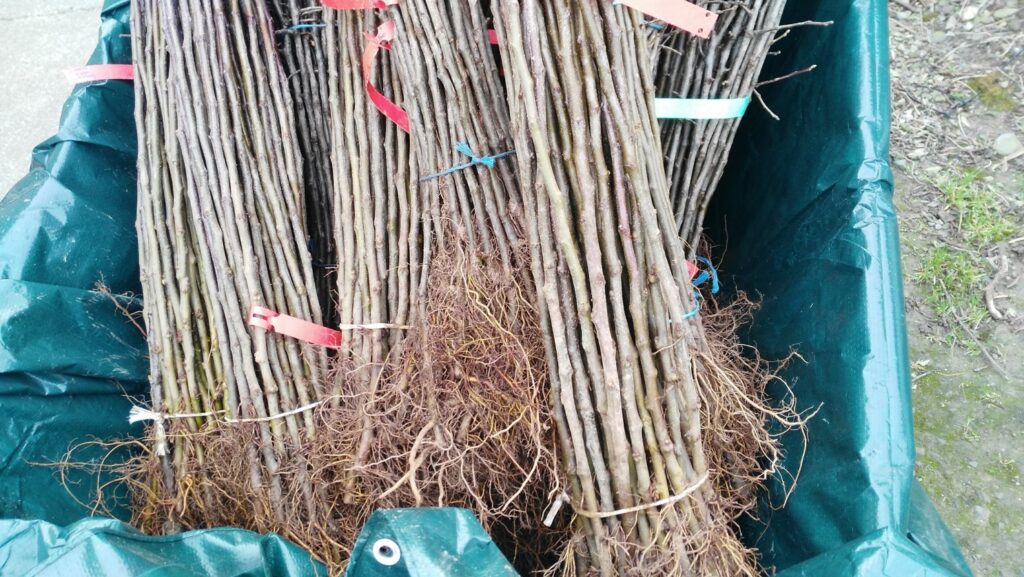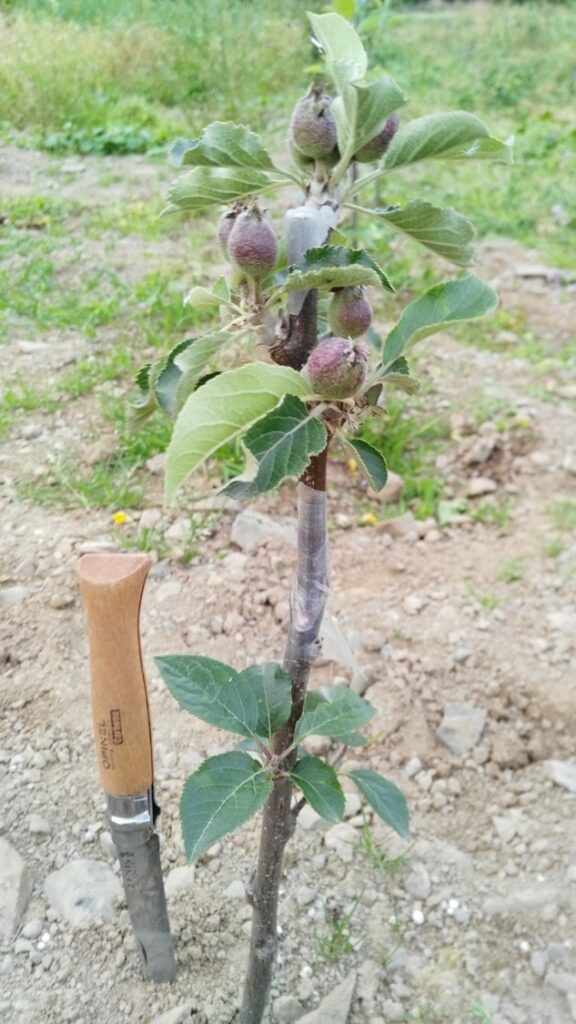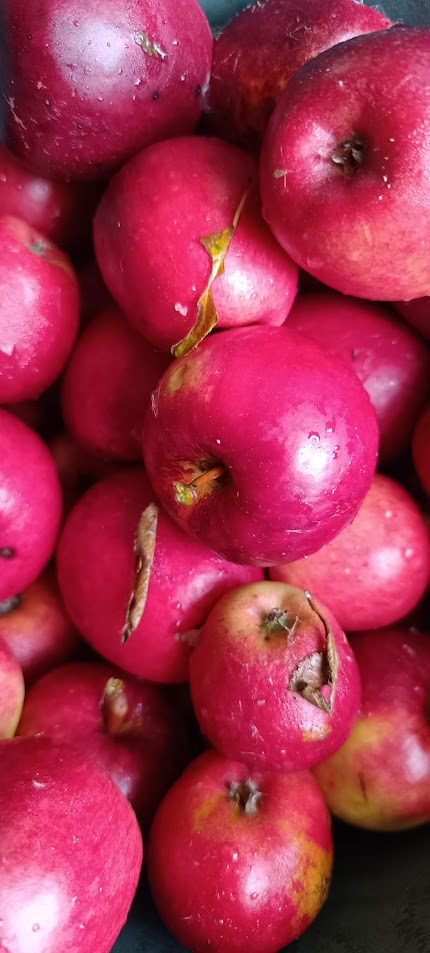Rootstock for grafting cider apple trees

Grafts and rootstocks for cider apples
Apple growers have been using grafted scions on selected rootstock for centuries because of all the benefits it provides to the apple trees and their fruit production. Grafting is a horticultural technique that combines two different plants to create a single plant. In this case, the apple scion is the part that produces the fruit, and the rootstock is the part that provides the root system and forms the trunk of the tree.
The main reason that apple trees nearly always grafted and rarely grown from seed is to prevent variability in fruit quality. Grafting is like cloning the scion variety. You will et a perfect copy every time. Apple seeds produce offspring that are genetically different from the parent tree and the fruit produced by the offspring can vary greatly in quality, size, flavor, and texture, and may not be remotely like the parent, hence it will not be suitable for commercial production.
Apple growers also use grafts to ensure that the apple trees have a strong and healthy root system. The root system of an apple tree provides the tree with the all the water, nutrients, and anchorage it needs to grow and produce fruit. The rootstock used in apple tree grafting is selected for its vigorous and disease-resistant qualities, which can help to protect the apple tree from soil-borne diseases and pests. A strong and healthy rootstock can ensure that the trees will have the best possible foundation for growth and fruit production.

The scion is the apple variety
Apple growers use grafted scions to ensure that their trees are producing the best quality fruit. The scion is the part of the tree that produces the fruit, and it is usually selected for its specific variety, size, flavour, and texture. By grafting a specific scion onto a rootstock, apple growers can control the variety of apple that is produced, which can help them to meet the demands of the market for certain types of apples.
Using grafted scions also helps to reduce the time it takes for an apple tree to begin producing fruit in quantity. Apple trees grown from seed can take several years to produce fruit, whereas grafted trees can start producing fruit in as little as 2 to 3 years. This means that apple growers will start to see a return on their investment much sooner when using grafts.
Grafts help to overcome the issue of incompatibility between different apple varieties. Incredibly, some apple varieties cannot be grown commercially on their own rootstock because they are not compatible with the root system. Grafting allows apple growers to overcome this issue by combining the desirable fruit-producing scion with a compatible rootstock. This can help to increase the productivity of the apple tree and improve the quality of the fruit produced.
Grafts give a better return
Grafted scions can also help to extend the life of an apple tree. Apple trees grown from seed often have a lifespan of only 20 to 30 years, whereas grafted trees can live for 50 years or more. This longer lifespan can provide apple growers with a longer period of time to recoup their investment and maximize their profits.
Grafted scions can also increase the efficiency of apple production. Apple growers can control the size of the apple tree by selecting the appropriate rootstock. This allows them to plant apple trees at a density that is optimal for their specific growing conditions and management practices. By controlling the size of the apple tree, apple growers can reduce the amount of space required for each tree, which can help to increase the efficiency of their orchard.
Apple growers use grafted scions on rootstock because it provides numerous benefits to the apple trees and their fruit production. The rootstock provides a strong and healthy foundation for the tree, while the scion provides the desired fruit variety, flavor, and texture. Grafting also helps to reduce the time it takes for an apple tree to begin producing fruit, overcome the issue of incompatibility between different apple varieties, extend the life of the apple tree, and increase the efficiency of apple production. With all of these benefits, it is easy to see why apple growers prefer grafts over seedlings.





